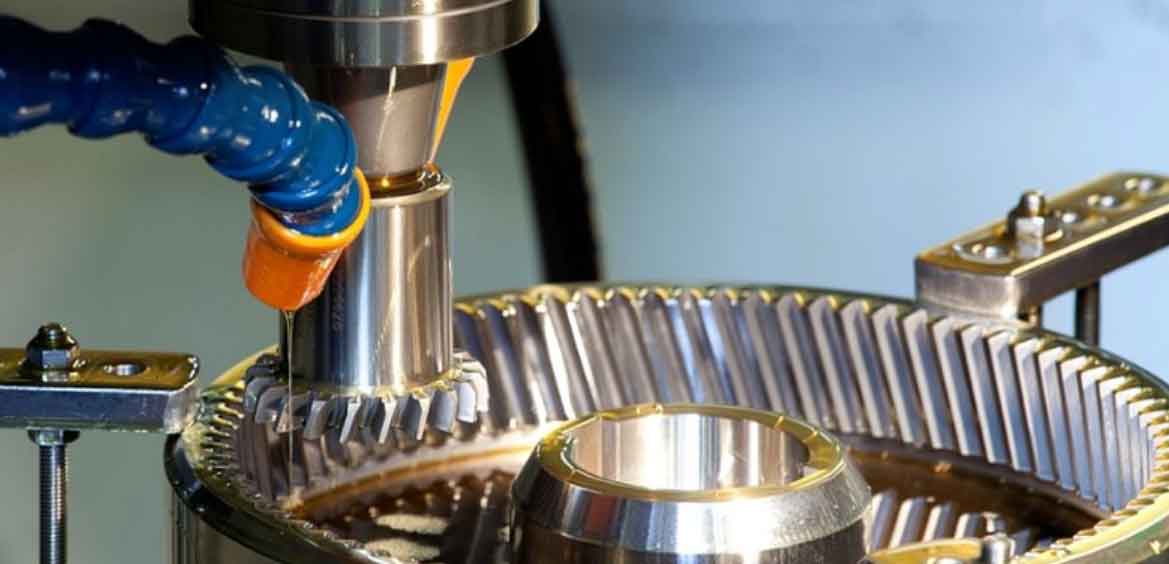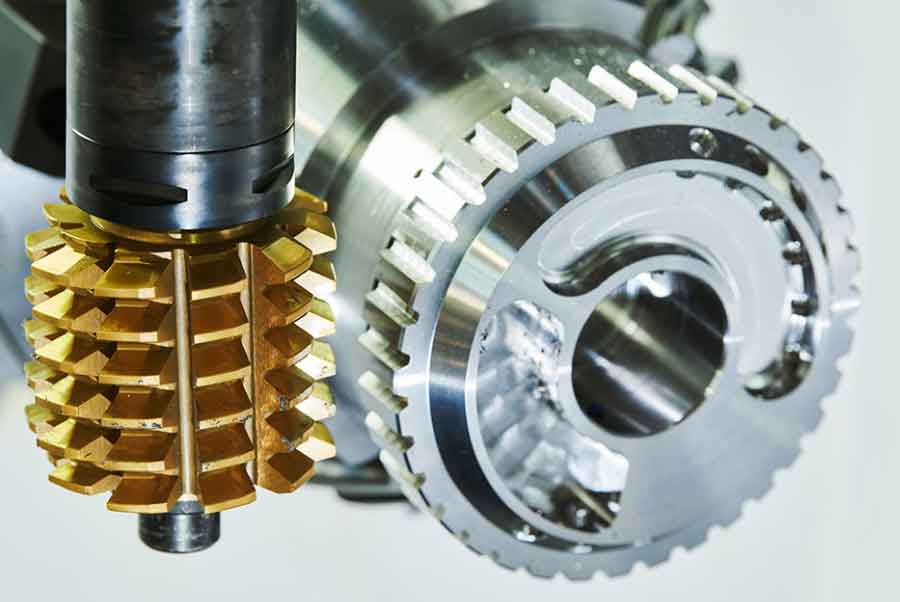When it comes to gear cutting, both gear shaping and gear hobbing are widely used methods, each with its own advantages and considerations. Choosing the right gear cutting method depends on factors such as the type of gears needed, production volume, gear specifications, and manufacturing capabilities. Let’s compare gear shaping and gear hobbing to help you make an informed decision:
Gear Shaping:

- Process: Gear shaping involves using a specialized cutting tool (shaper cutter) and a gear shaping machine to generate the gear tooth profile. The cutter reciprocates in a vertical motion while the gear blank rotates, gradually forming the gear teeth.
- Gear Types: Gear shaping is suitable for producing various gear types, including spur gears, helical gears, internal gears, and more.
- Tooth Profile Accuracy: Gear shaping provides excellent tooth profile accuracy, resulting in precise and consistent gear tooth geometry. It can achieve tight tolerances and produce gears with high positional and form accuracy.
- Surface Finish: Gear shaping typically produces superior surface finish on the gear tooth flanks, leading to reduced friction, wear, and noise during gear operation.
- Production Volume: Gear shaping is well-suited for both small-scale and large-scale production. It offers high productivity for medium to high volumes due to the simultaneous cutting of multiple gear teeth.
- Flexibility: Gear shaping allows for custom modifications, such as tooth chamfers, tip and root relief, and specific tooth profiles, to meet specific design requirements.
- Tooling Costs: Gear shaping generally involves the manufacture or purchase of specialized shaper cutters, which can be more expensive than standard hobbing tools. However, these tools can be resharpened or reconditioned, reducing long-term costs.
Gear Hobbing:

- Process: Gear hobbing utilizes a gear hob, a cylindrical cutting tool with helical cutting edges. The hob and the rotating gear blank mesh together, and the hob gradually cuts the gear teeth as the blank rotates.
- Gear Types: Gear hobbing is primarily used for producing cylindrical gears, such as spur gears and helical gears.
- Tooth Profile Accuracy: Gear hobbing can achieve good tooth profile accuracy and is suitable for producing gears with moderate tolerances. However, achieving very tight tolerances may require additional finishing operations.
- Surface Finish: Gear hobbing can provide good surface finish, but it may require additional operations such as gear grinding or gear honing to achieve superior tooth flank surface quality.
- Production Volume: Gear hobbing is well-suited for medium to high-volume production due to its high cutting speed and efficiency. It is particularly effective for mass production.
- Flexibility: Gear hobbing is generally limited to producing standard tooth profiles and configurations. Custom modifications may require additional operations or special tooling.
- Tooling Costs: Gear hobbing typically uses standard hobs, which are more readily available and relatively less expensive compared to specialized shaper cutters.
In summary, here are some factors to consider:
- If you require a wide range of gear types or custom modifications, gear shaping may be more suitable.
- If you need high tooth profile accuracy and excellent surface finish, gear shaping is generally favored.
- For high-volume production or mass production, gear hobbing offers higher productivity.
- If cost is a major consideration, gear hobbing may have lower tooling costs due to the availability of standard hobs.
Ultimately, the choice between gear shaping and gear hobbing depends on your specific requirements, production volume, desired gear characteristics, and available resources. It is recommended to evaluate your needs and consult with gear manufacturing experts to select the most appropriate method for your application.
